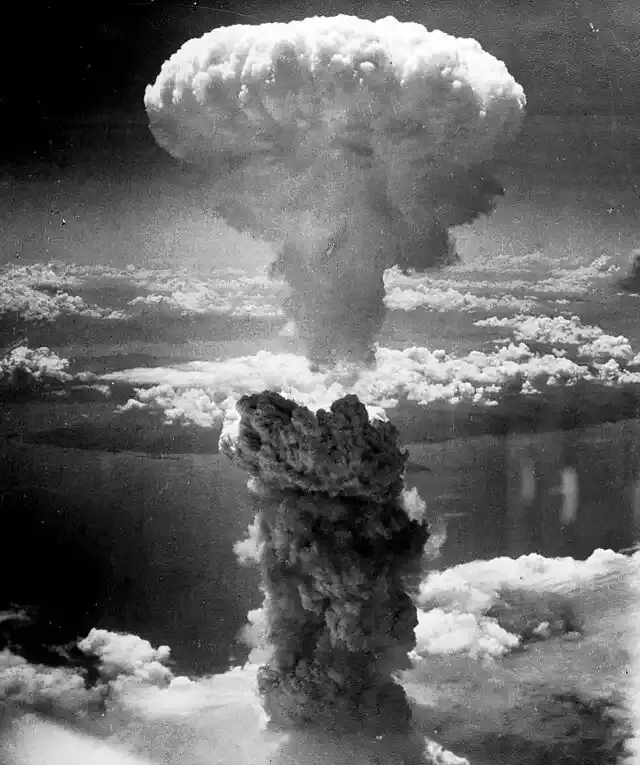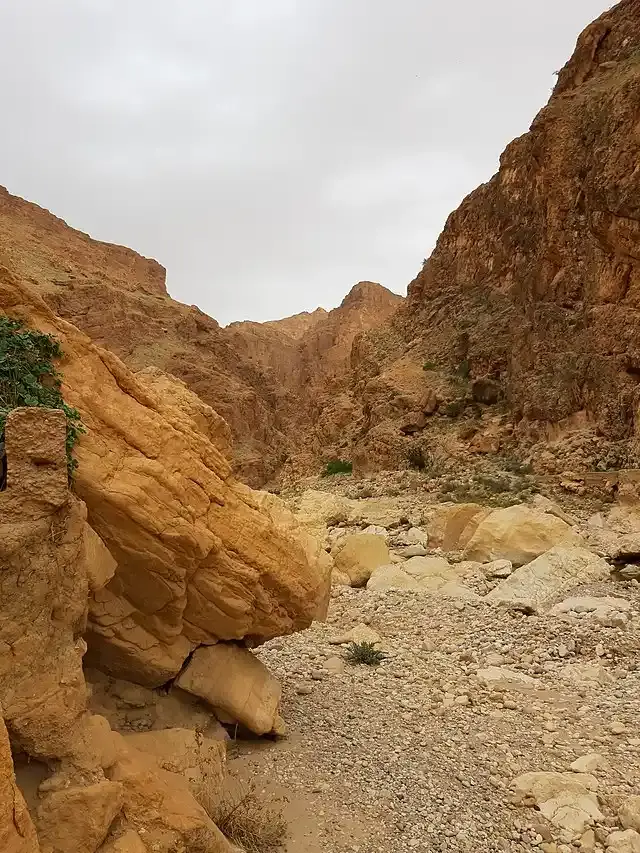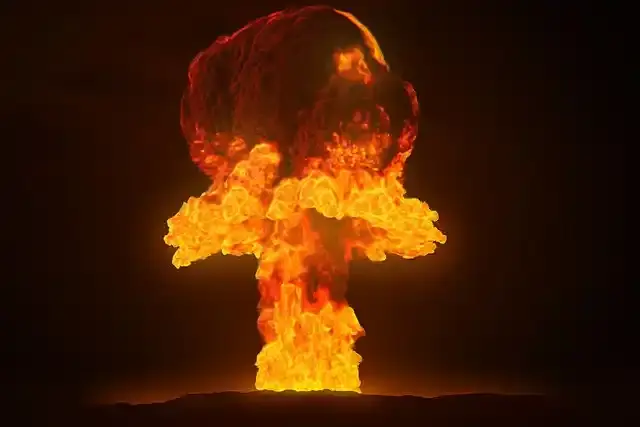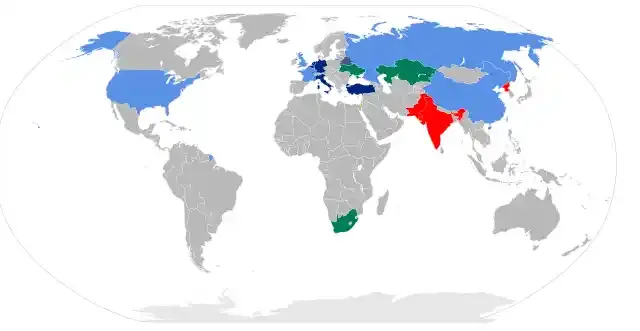The blue jerboa. France's nuclear bomb in Algeria's desert
"Blue jerboa" is the first nuclear bomb dropped by France on Algeria

The experiment, which took its name in the first half of the rodent jerboa found in the Algerian desert in abundance and in the other half of the first colors of the French flag, is in fact a horrific crime committed by France in the desert of Algeria when Algeria was a French colony that eliminated 150 Algerian prisoners who were used as laboratory mice to measure the impact of the French nuclear bomb as part of the first attempts to test it on the Algerians after they brought them from Sidi Bel Abbes prison and Bossuet camp located in the western part From Algeria, to the Reggane region to be tried but they never came back from where they came from.
Recommend
Show key points
- The "Blue Jerboa" was the first French nuclear test conducted in Algeria, symbolizing France's entry into the nuclear arms race.
- France used 150 Algerian prisoners as human test subjects during the explosion, transferring them from prisons to the Reggane desert, where they ultimately perished.
- This test marked the beginning of a six-year period, from 1960 to 1966, during which France carried out nearly sixty nuclear experiments on Algerian soil.
- ADVERTISEMENT
- The fallout from the Blue Jerboa bomb, which was over 70 times more powerful than the bomb dropped on Nagasaki, caused long-lasting radioactive contamination that persists in Algeria and parts of Africa today.
- For fear of domestic consequences, France deliberately avoided testing these nuclear weapons on its own soil, opting instead to conduct them in its then-colony of Algeria.
- Later tests, such as “Robis” and “Ambassador,” had even more powerful yields than Blue Jerboa, with explosives reaching up to 100 kilotons.
- Despite considerable evidence and lingering radiation, the French government continues to withhold full disclosure of the extent and impact of these nuclear experiments from the global scientific community.
The Blue Jerboa experiment of the French nuclear bomb was not a single experiment, but a series of tests that extended over a full six years since 1960 until the evacuation of French forces from Algerian territory in 1966, experiments that killed hundreds and perhaps thousands of Algerians who were not guilty of them, but Algerian generations are still paying for them to this day because of the radioactive effects that are still present in Algerian territory and other surrounding countries such as Ivory Coast. and Sudan.
The impact of the blue jerboa and other nuclear tests on Algeria to date

The remnants and traces of nuclear radiation caused by the test test of the French bomb, which was said to carry more than 70 times the "fat man" bomb dropped by the United States of America on the Japanese city of Nagasaki, are still remaining.
This bomb, which was dropped from a height of 100 meters and had an explosive power of approximately 70 kilotons, so its bombers followed the events from a distance of 16 km from the place of the explosion for fear of impact and radiation, although they could not escape completely, as the protection measures during the experiment were not enough, in a recent study dating back to 2021 based on studies carried out by a French non-official organization called "French Radioactivity Control Organization ACRO" that desert dust Affected by the radiation from the "blue jerboa" experiment reached as far as northern France by the wind.
The reason why France experimented with the "blue jerboa"

France saw that the experiment must be carried out to reserve for France an advanced seat in the nuclear club between the great powers in the world represented by the United States, the United Kingdom and the Soviet Union, but its fear of the impact of the bombs that will be dropped during the experiment on French territory and its near and distant future was an obstacle to carrying out those experiments similar to the blue gerbil and other experiments that exceeded 57 experiments, and this is a huge number compared to the effects of one of these 57 experiments, and therefore The choice fell on the Algerian lands that were under French colonialism at that time, and this was the easiest choice for the French generals, including General Charles de Gaulle, who himself indicated in 1958 the start of French nuclear weapons operations.
The power of the French nuclear bomb in the Algerian Sahara

The bomb that was dropped during the experiment of the blue jerboa was comparable in strength to the strength of the Soviet, English and American experiments and bombs group and more, but that was not the extent to which the French state stopped, but it also conducted a number of tremendous experiments after only 15 months of stopping after the experiment of dropping the blue jerboa bomb, in an experiment called "Robis" and another after a short period of no more than 20 months called "Ambassador" and they were more powerful than the experience of the "blue jerboa" and reached the strength of A nuclear bomb tested in one of these two tests is 100 kilotons.
France still hides from the scientific community to this day the truth of those experiments, which numbered nearly sixty experiments in Algerian territory in a few years that did not exceed six years, and also hides its ugly face from the world that chose the territory of Algeria as a field for nuclear bomb testing, which it only wants to possess to become one of the leading and influential powers in the world and did not care about the fate of hundreds of people from the local population of Algeria's deserts and millions of Algerians in the rest of the country through generations. which will suffer the impact of nuclear radiation caused by experiments similar to the blue jerboa experiment.








